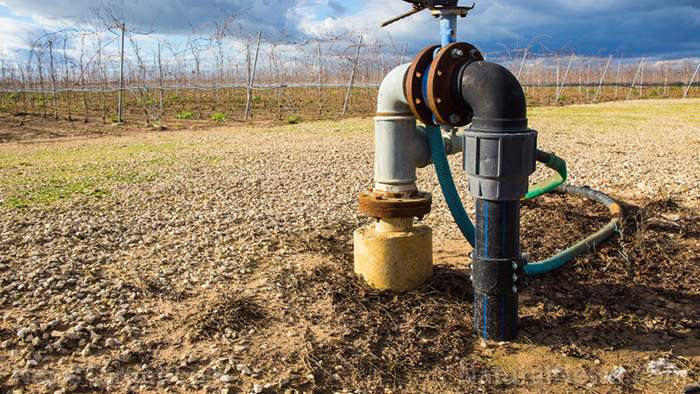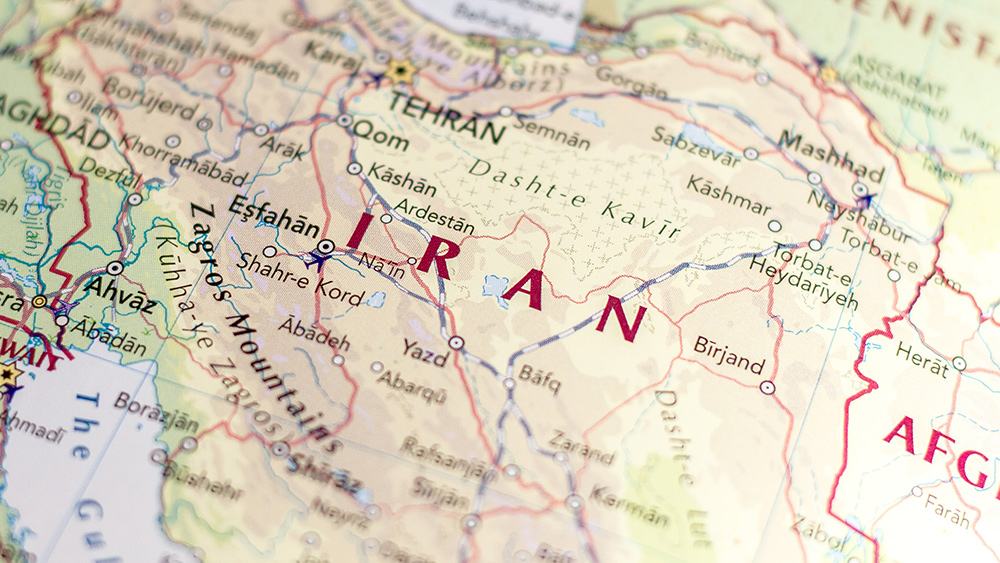
The Three Gorges Dam may reach its breaking point soon
Amid the recent flooding in China, many have asked if the Three Gorges Dam is still sturdy enough to hold back the huge amount of waters from China's rivers. Beijing built the dam at the upper reaches of the Yangtze River in 1997 to control yearly flooding. However, the 2020 flood season put the dam's role in addressing the deluge into question. (Related: China floods reach new high as officials issue grim warnings.) Back in July 2020, former Chinese Vice Minister for Water Resources Ye Jianchin said that the dam stored 2.9 billion cubic meters of floodwater. However, geologist Fan Xiao countered Ye's claim by saying that the dam's storage capacity only amounted to less than nine percent of average floodwater. Fan added that the Three Gorges Dam was powerless to address the floods in the Yangtze's middle and lower reaches. In the same month, Beijing made a rare admission that the Three Gorges Dam "deformed slightly" following record flooding. Chinese state media outlet Xinhua News Agency quoted the China Three Gorges Corporation in a report, saying that "non-structural, peripheral parts of the dam had buckled." The China Three Gorges Corporation handled the management of the dam itself and the hydroelectric power plant underneath it. Nevertheless, Chinese experts dismissed claims that the integrity of the Three Gorges Dam had been compromised. Hydraulics expert Wang Hao of the Chinese Academy of Engineering said the dam is strong enough to withstand flood impact. China Three Gorges Corporation Hub Management Bureau Director Zhang Shuguang agreed with Wang, saying that nothing could topple the dam in the next 500 years. According to Zhang, the dam was constructed using a special kind of cement that reacts with water to form a hard matrix. This subsequently bound blocks together into a durable form. He added that being a gravity dam, the Three Gorges dam was designed to hold back water using the weight of the material alone. This allowed the dam to resist the horizontal pressure of floodwater pushing against it. Zhang further remarked that each section of the dam would remain stable and independent of any other section, even if the structural integrity of one portion was undermined. However, such a situation had not yet occurred – as Zhang said that not one of the 12,000 sensors fitted throughout the dam had ever flashed red on the central control panel. (Related: Buckling Three Gorges Dam in China is just fine, claims CCP.) Visit Collapse.news to read more about the floods in China and how they threaten the Three Gorges Dam. Sources include: StrangeSounds.org TheEpochTimes.com Reuters.com AsiaTimes.comNew evidence shows 91 subway trains were flooded, implying tens of thousands of deaths
By News Editors // Share
Mend, wash and rotate: How to care for your clothes and make them last longer
By Zoey Sky // Share
Small decline in groundwater levels can cause US wells to go dry, researchers say
By Virgilio Marin // Share
Prepper essentials: 5 Things to consider before getting a wood-burning stove
By Virgilio Marin // Share
Most Americans don’t realize that each new day brings us a little bit closer to war
By News Editors // Share
USDA will deploy undercover investigators to enforce new SNAP purchase restrictions
By lauraharris // Share
U.S. measles cases top 2,000 in 2025, highest total in more than three decades
By lauraharris // Share
The hidden health crisis of PM2.5 pollution
By patricklewis // Share











